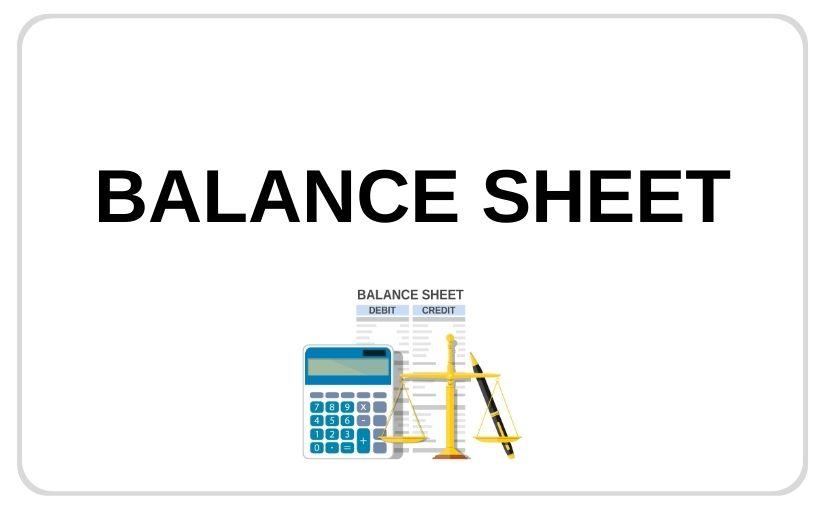Balance Sheet for the Wholesalers
Before drafting a balance sheet forthe wholesalers in India, several crucial points need to be considered to ensure accurate financial reporting and compliance with accounting standards.
These points are essential for presenting a comprehensive and transparent view of the wholesaler’s financial position.
1. Inventory Valuation:
One of the key aspects for a wholesaler is inventory. Ensuring accurate valuation of inventory is crucial.
Wholesalers can use methods like FIFO (First-In-First-Out) or weighted average cost to determine the cost of goods sold and the value of remaining inventory.
This impacts the ‘Current Assets’ section of the balance sheet.
2. Accounts Receivable:
It’s important to accurately estimate the amount that is expected to be received from customers who have purchased goods on credit.
This is recorded as ‘Accounts Receivable’ under ‘Current Assets’. However, there should also be an allowance for doubtful accounts to reflect potential non-payments.
3. Accounts Payable:
Suppliers and creditors’ outstanding payments should be properly recorded as ‘Accounts Payable’ under ‘Current Liabilities’. Accurate tracking ensures timely payments and maintains healthy relationships with suppliers.
4. Fixed Assets:
Include all significant tangible assets like buildings, equipment, and vehicles. Make sure to depreciate them based on their useful lives. This will affect the ‘Non-Current Assets’ section of the balance sheet.
5. Current Liabilities:
Consider short-term obligations such as short-term loans, operating expenses payable, and taxes payable. Accurate recognition of these liabilities is crucial for a holistic financial picture.
6. Working Capital:
Calculate the working capital, which is the difference between current assets and current liabilities. Positive working capital indicates the company’s ability to meet its short-term obligations.
7. Equity:
Include owner’s equity or shareholders’ equity. This reflects the residual interest in the assets of the wholesaler after deducting liabilities.
8. Contingent Liabilities:
These are potential liabilities that may arise from past events and are not certain to occur. They need to be disclosed in the notes to the balance sheet.
9. Consistency and Comparability:
Ensure consistency in accounting methods and presentation year-over-year for accurate comparisons. This contributes to the reliability of financial statements.
10. Regulatory Compliance:
The balance sheet must comply with the Indian Accounting Standards (Ind AS) or Generally Accepted Accounting Principles (GAAP) in India.
11. Disclosure Notes:
Provide detailed notes explaining accounting policies, significant accounting estimates, and other relevant information that supports the balance sheet figures.
In conclusion, drafting a balance sheet for a wholesaler in India involves considering aspects like accurate inventory valuation, accounts receivable and payable, fixed assets, working capital, and compliance with accounting standards.
This ensures that the balance sheet provides a clear and accurate representation of the wholesaler’s financial position. ”
To visit: https://www.incometax.gov.in
For further details access our website: https://vibrantfinserv.com

